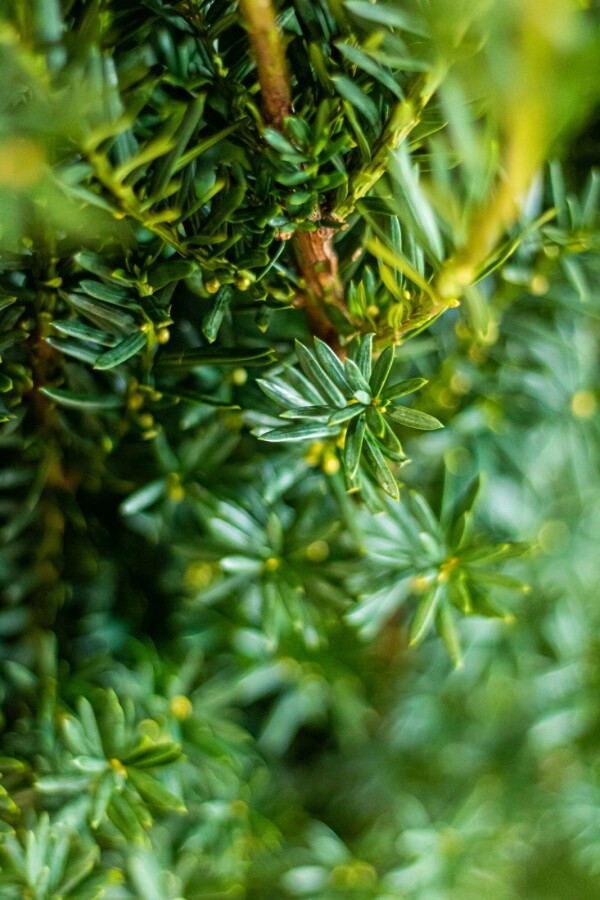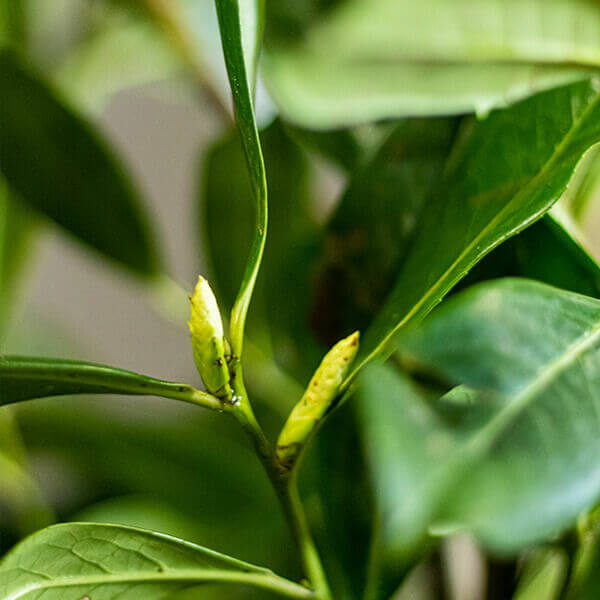Hedge Plants For Ornamental Hedges
Hedge Plants For Ornamental Hedges
Blog Article
Hedge Plants For Protecting Gardens
Enhance your garden's attraction with rich hedge varieties such as Yew (Taxus), Thuja, Laurel, Photinia, and Bamboo, commemorated for their structural integrity and environmental advantages.
Yew and Thuja offer evergreen protection and winter season resilience, while Laurel uses quick growth and broad, aromatic leaves.
Photinia includes seasonal charm with its lively red foliage, and Bamboo provides a low-maintenance, peaceful atmosphere.
These hedges improve air quality, lower noise, and produce tranquil, personal areas.
Proper planting, spacing, and maintenance guarantee energetic growth and eco-friendly harmony.
Explore how these rich ranges can raise your garden's beauty and well-being.
Key Takeaways
Change Your Garden With Lush Hedge Ranges
- Select Yew for its dense, evergreen development and unequaled longevity.
- Choose Laurel for its fast development and broad leaves, making sure fast personal privacy.
- Choose Photinia for its dynamic seasonal foliage, which turns a striking dark red.
- Use Bamboo for a low-maintenance, winter-hardy hedge with visual appeal.
- Area plants 2-3 per meter and prune frequently for optimum development and health.
Popular Hedge Plants
When changing a garden with lush hedge varieties, it's important to think about popular hedge plants such as Yew, Thuja, Laurel, and Photinia due to their unique characteristics and advantages.
Yew (Taxus) is extremely respected for its durability and thick, green development, making it a prime option for withstanding landscapes.
Thuja is kept in mind for its evergreen foliage and robust winter durability.
Photinia adds seasonal vibrancy with red leaves that darken in time, producing dynamic visual appeal.
Laurel offers quick development and aromatic, broad leaves, perfect for fast personal privacy.
Furthermore, Bamboo is an exceptional option for ambiance, offering a low-maintenance, winter-hardy option that improves the garden's aesthetic with its stylish, swaying canes.
These choices deal with a range of horticultural needs and preferences.
Advantages of Garden Hedges
Garden hedges provide a multitude of benefits, making them a valuable addition to any landscape. These natural barriers are cost-effective to carry out and provide significant wind defense, boosting air flow and contributing to sound decrease. The thick foliage of hedges like Thuja and Beech ensures personal privacy by blocking visibility, creating a secluded and tranquil environment.
Hedges also play an important role in microclimate policy, providing a steady environment that fosters plant growth and reduces temperature level variations. Their elaborate leaf structures filter contaminants, enhancing air quality and adding to a healthier garden ecosystem.
Additionally, hedges excel in sound reduction, taking in and deflecting acoustic waves to lower ambient sound levels. This dual performance of offering both acoustic and visual privacy boosts the overall harmony and visual appeal of any garden.
Planting and Maintenance Tips
For an effective hedge, meticulous preparation of the planting area is vital. Ensure the soil has appropriate pH and drain to support strong root development.
Space the plants properly for the selected species. Water the hedge often throughout its preliminary growth stage, changing as needed with seasonal changes.
Execute a systematic insect control and illness avoidance strategy, using chemical or natural treatments when essential. Regularly inspect for aphids, mites, and fungal infections.
Apply mulch to keep wetness and reduce weeds. Seasonal pruning promotes thick growth and air circulation, important for plant health.
Following these guidelines will assist you cultivate a lively, well-maintained hedge that improves the charm of your garden.
Spacing and Trimming Guidelines
Spacing and Cutting Standards
Appropriate spacing and cutting are important for cultivating healthy, aesthetically appealing hedges. Sufficient spacing guarantees each plant receives adequate nutrients, light, and airflow.
Follow these guidelines for ideal hedge upkeep:
- Spacing: Position hedge plants 2-3 plants per meter to motivate robust development.
- Pruning Strategies: Routine pruning is vital for preserving preferred hedge height and shape. Trim new growth in summer season and cut down older wood throughout winter season.
- Seasonal Care: Adjust trimming schedules and methods according to seasonal requirements to make sure plant health.
- Hedge Height: Frequently display and trim to maintain the desired hedge height and attain consistent visual appeals.
Adhering to these steps will guarantee your hedge grows, boosting both the appeal and functionality of your garden.
Selecting the Right Hedge
Choosing the Right Hedge
Picking the appropriate hedge includes examining factors such as fully grown height, foliage density, and environmental durability. Effective hedge plant choice requires understanding each species' development characteristics and site-specific adaptability.
For example, Yew (Taxus) uses excellent longevity and thick development, while Thuja is noteworthy for its winter season durability. Furthermore, considering maintenance requirements is vital; fast-growing types like Laurel or Privet demand routine cutting, whereas low-maintenance choices like Bamboo or Ivy may be more effective for those seeking very little maintenance.
Environmental aspects such as soil type, light accessibility, and wetness conditions ought to likewise guide the choice procedure. This careful technique ensures the selected hedges will thrive, offering both visual and functional benefits to the garden landscape.
Delivery and Planting Advice
To ensure your hedge plants grow, they should be provided by specialized couriers and planted promptly upon arrival.
Follow these necessary steps for successful planting:
- Soil Preparation: Improve the soil with raw material to enhance drainage and nutrient material.
- Planting Depth: Develop a trench twice the width and equal to the depth of the root ball.
- Watering Strategies: Water completely after planting, keeping the soil consistently moist but not filled.
- Mulching: Use a layer of mulch to retain moisture and suppress weeds.
Client Support and Service
Provided the important function of prompt assistance in horticultural pursuits, our consumer assistance team is offered 6 days a week through telephone, email, and social networks to use professional advice and promptly deal with any concerns. Their commitment to quick reaction times makes sure client satisfaction by resolving questions associated with plant health, optimal planting approaches, and upkeep schedules.

Availability
Within 24 hours
Within 24 hours
This comprehensive support group, enhanced by an excellent 9.3/ 10 client score, highlights our commitment to boosting the gardening experience for each client.
Regularly Asked Concerns
How Long Does It Consider Hedge Plants to Establish?
Hedge plants typically require one to 3 years to become totally established, with the specific duration differing by species and growing conditions.
Efficient care during this vital period is vital for robust growth. Consistent watering, vigilant weed control, and proper fertilizer application are critical in promoting strong root development.
For example, fast-growing types like Laurel may establish quicker, while slower-growing varieties such as Yew might take longer. Persistent upkeep accelerates the establishment procedure, leading to healthy and thick hedges.
What Are the Best Hedge Plants for Personal Privacy?
The concern of the finest hedge plants for privacy involves examining evergreen and deciduous options.
Evergreen hedges like Thuja, Laurel, and Cypress offer year-round coverage, making sure continuous privacy.
On the other hand, deciduous hedges such as Beech use seasonal privacy, shedding leaves in chillier months.
Secret upkeep tips for privacy hedges include regular Article source cutting, fertilizing in spring, and appropriate spacing-- normally 2 to 3 plants per meter.
In addition, constant watering and thorough weed elimination are vital for promoting healthy, thick development.
Can Hedge Plants Bring In Wildlife to My Garden?
Yes, hedge plants can bring in wildlife to your garden by supplying necessary advantages like shelter, food, and nesting websites, consequently boosting local biodiversity. Yew, holly, and laurel are exceptional for bring in birds, while ivy supports a range of bugs.
However, it's important to keep in mind that there are some downsides, such as increased maintenance to manage pests and routine upkeep. Carefully picking and keeping hedge varieties can help stabilize these downsides and advantages, ultimately cultivating a sustainable and vibrant environment in your garden.
Exist Any Flowering Hedge Plants Available?
Yes, there are flowering hedge plants readily available that can improve the beauty of your garden.
For instance, Elaeagnus, also referred to as Olive Willow, produces fragrant white flowers in the fall, including a touch of beauty.
Photinia, another popular option, showcases dynamic red leaves that grow into a rich green, developing a dynamic visual result throughout the seasons.
To guarantee these plants grow, it's vital to practice proper pruning methods and seasonal upkeep, such as trimming brand-new development in the summertime and cutting down in the winter.
These steps will assist maintain the health and aesthetic appeal of your blooming hedges.
How Do I Prevent Insects in My Hedge Plants?
To avoid insects in hedge plants, employ natural insect control techniques and maintain proper hedge care. Present helpful bugs like ladybugs, which take advantage of harmful bugs, to produce a balanced environment.
Frequently check your hedges for indications of infestation and quickly eliminate any afflicted parts to avoid the spread. Guarantee the health of your hedges by applying balanced fertilizers and offering sufficient water.
Use mulching to retain soil moisture and appropriate spacing to minimize plant tension and promote robust growth. These practices collectively help in reducing pest concerns and keeping a healthy hedge.
Conclusion
In essence, selecting the best hedge varieties such as Yew, Thuja, and Laurel can change any garden into a relaxing haven. These plants provide year-round plant, improve aesthetic appeal, and deal useful advantages like sound reduction and wind defense.
Correct planting methods, accurate spacing, constant watering, and seasonal trimming are vital for optimum development.
Trustworthy delivery services and skilled client support make sure a seamless experience from purchase to planting, making it easier than ever to elevate your outside space.
Garden hedges offer a wide variety of benefits, making them an important addition to any landscape. These natural barriers are affordable to carry out and offer significant wind security, enhancing air flow and contributing to noise reduction. The thick foliage of hedges like Thuja and Beech ensures personal privacy by obstructing exposure, creating a peaceful and remote environment.

Pruning Methods: Regular pruning is essential for keeping preferred hedge height and shape. Trim brand-new development in summertime and cut back older wood throughout winter season.
Report this page